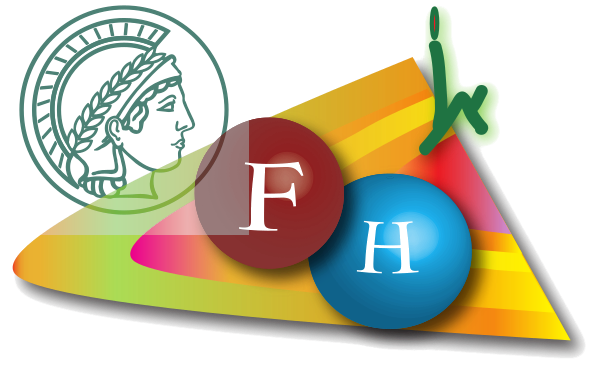Date:
Thu, 14/10/2010 - 14:00 to 16:00
Location:
Seminar Hall, Los Angeles Bldg., Entrance Floor
Soft-landing of Complex Ions on Surfaces
Julia Laskin, Omar Hadjar, Peng Wang, Qichi Hu, Grant Johnson
Interaction of ions with surfaces is an area of active research in surface science relevant to a broad range of other scientific disciplines such as materials science, mass spectrometry, imaging and spectroscopy. Our research is focused on fundamental understanding of interaction of complex ions with organic surfaces at hyperthermal energies (1-100 eV). Two major processes are dominant for this range of collision energies: reactive and non-reactive scattering of ions and ion loss on the surface as a result of neutralization or soft-landing of projectile ions. Soft-landing defined as deposition of intact ions onto solid or liquid surfaces is a process that efficiently competes with ion scattering in the hyperthermal energy regime. Soft-landing has been used for purification of compounds from complex mixtures, deposition of mass-selected cluster ions on substrates, preparation of protein and peptide arrays, preparation of novel synthetic materials, and investigation of transport properties of small ions through thin and thick films. It has been demonstrated that ionized large biomolecules, such as DNA, proteins and even whole viruses, can be non-destructively landed onto solid or liquid matrices and recovered with retention of biological activity. The ability to select the mass-to-charge ratio of the precursor ion, its kinetic energy and charge state along with precise control of the size, shape and position of the ion beam on the target makes soft-landing an attractive approach for surface modification.
Immobilization of complex molecules on solid supports plays an important role in a variety of disciplines including materials science, catalysis and biochemistry. Covalent binding of transition metal complexes to polymer surfaces is commonly used for preparation of environmentally benign catalysts for organic synthesis, while covalently immobilized biomolecules are used for identification of biologically active motifs in proteins, development of novel biosensors and substrates for improved cell adhesion. Soft-landing of mass-selected ions introduces unprecedented selectivity and specificity into the surface modification step by eliminating the effect of solvent and sample contamination on the quality of the film and enables preparation of high-purity uniform thin films on surfaces.
Deposition of mass-selected ions on surfaces is accompanied by a number of processes including charge reduction, neutralization, covalent and non-covalent binding, and thermal desorption of ions and molecules from the substrate. Factors that affect the competition between these processes will be discussed. Fundamental principles derived from such studies of interaction of protonated peptides with hydrophobic or hydrophilic surfaces are relevant to the understanding of the transport of biomolecules through membranes in living organisms and provides a clear pathway for highly-selective preparation of biological and catalytic surfaces.

